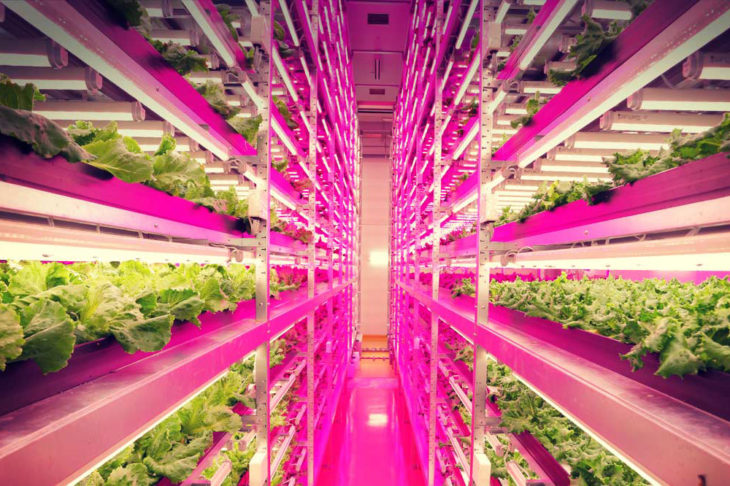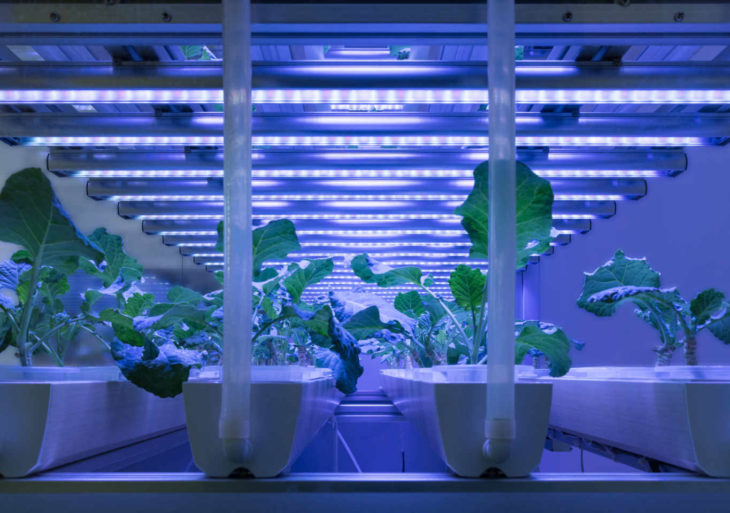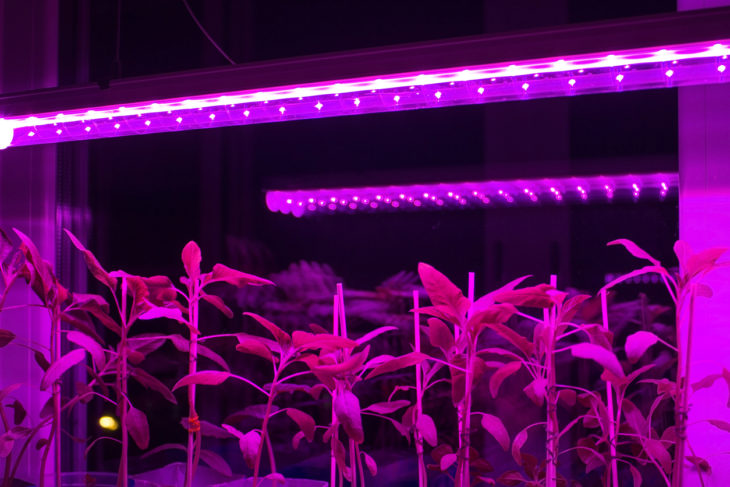It seems that everyone who’s into growing indoor plants is raving about LED grow lights. The manufacturers say that these special purpose lights prove much more energy-efficient than their fluorescent counterparts. But it’s hard to dismiss the fact that many people feel happy and satisfied with their fluorescent lights, which get the job done while being very affordable. While LED grow lights are picking up steam, it’s important to determine whether they’re really worth the extra money.
How do they work?
First, it’s important to learn exactly how this type of light works. They are relatively new inventions brought about by the rising popularity of indoor gardening. As you may know, light serves as plant food, but weather conditions may not permit plants to receive the right amount of light they need to grow and thrive. This is where grow lights come in, providing an efficient and constant light source regardless of weather conditions.
When you turn on an LED grow, it restricts the flow of electrons which causes the diodes to emit light. The plants absorb its and use it to convert carbon dioxide and water into sugars. It’s worth noting that other types work in a similar fashion, but they can’t match the efficiency of LEDs.

Source: Pinterest
Tuned light spectrum
According to 420expertadviser, the best LED grow on the market can be tuned, which means they can emit the proper spectrum of light. The conventional type, on the other hand, do not have this ability. This explains why they produce too much heat. While plants can certainly benefit from heat energy, conventional types create much more of it than the plants can utilize.
Many LEDs emit only blue and red light, the two colors that prove most beneficial for plant growth. Of course, not all plants are created equal, so it’s best to learn the appropriate spectrum of light for the plants you have. There are also LEDs that emit white light, making them perfect for home use. This versatility gives LEDs the upper hand over conventional types, allowing you to choose from different colors.

Source: Shutterstock
Conclusion
There’s nothing wrong if you go for the tube or spiral type. They’re cheap and effective. But if you want something that’s more energy-efficient and durable, then it’s best to go for the LED variant. The ability to tune light spectrums is an excellent way to ensure that your plant’s needs are met.
Over the long term, it’s easy to see LEDs giving you better cost savings than their conventional counterparts. This applies to places that don’t get much sunlight throughout the year. While some plants can survive the dark days, there’s no reason not to provide them with more light if there’s an energy-efficient source.

Source: Shutterstock
Despite the extra money you need to shell out for LED grow lights, they can be a great investment especially if you’re going to use them for a long time. Their flexibility, durability, and energy efficiency are three things that you can’t expect from other types available on the market.
